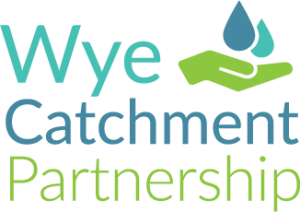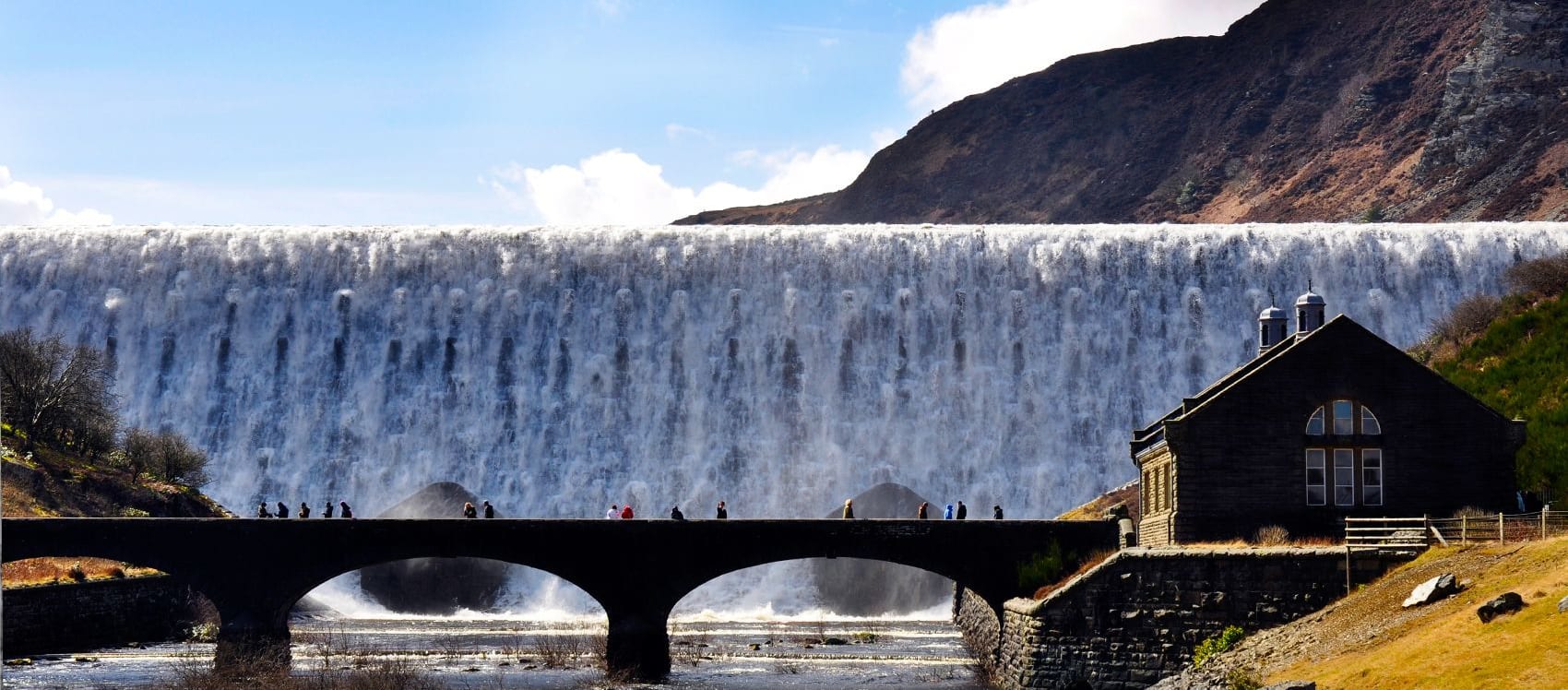The Habitats Directive comes into force
Historically, UK abstraction licences were based more on need than availability. However, in 1994, the EU Habitats Directive required member states to list certain habitats and species to create a network of special sites (Special Areas of Conservation) across Europe.
Certain rivers were amongst the habitats chosen to be part of this network (Natura 2000), including the Wye and Usk. Once selected and ‘listed’, any licenced activity such as abstraction had to be investigated to see whether it would impact adversely on the ‘site’. It was found that both rivers suffered from excessive abstraction.
Finding the solution
Simply curtailing or modifying licences for the Wye and Usk would have caused considerable difficulties for the water companies and The Canal and Rivers Trust (CRT). CRT operate the Monmouthshire and Brecon canal, which takes its water supply directly from the Usk.
Fortunately there are a series of storage reservoirs in both catchments – the five Elan Valley reservoirs completed in the early 1900s and five separate storage reservoirs on various Usk tributaries. Together and in conjunction with the Taff and its reservoirs, this system supplies water to south east Wales (including Cardiff, Newport and the Valleys), Herefordshire and part of Gloucestershire. Two upper Usk reservoirs were supplying water for Swansea and the Gower.
Not helping the resilience of the overall system is that many of the wetlands in the upland afforested areas have been drained and the natural storage capacity of much of our agricultural land has been removed. Building new reservoirs is both disproportionally expensive and unpopular, as would be closing the canal. It was also a concern that salmon are lost for good if they were held up at the estuary during low flows. Research by David Solomon for the Environment Agency showed that if salmon were held back for over 15 days, up to 3% were ‘lost’ each day.
The formation of UWAG
This was the scenario that brought together the water companies, CRT and WUF to investigate possible solutions to all these problems. Over a period of several years, the Usk and Wye Abstraction Group (UWAG) as it became known, assembled data, developed methodologies and came to the conclusion that very nearly all the demand and criteria could be met from the existing river flows and reservoirs without breaching the tough rules imposed by the Habitats Directive, if applied differently.
WUF was very fortunate to have secured the consultant services of John Lawson who had spent a lifetime in the industry heading Halcrow’s water division. He is also a lifelong salmon angler: an ideal combination! During the development phase he designed models that would determine what flows assisted or hindered migration from sea to river and within the rivers themselves, as well as reconcile the differing modelling approaches of the UWAG members and statutory bodies. He also undertook detailed analysis of 50 years of salmon catches to improve understanding of the impact of flow changes on salmon migration. This identified the importance of summer spates in allowing timely distribution of salmon throughout the river.
How were the effects of abstraction mitigated?
All of the improvements involve making better use of the existing reservoirs. On the Wye there will be cut backs in the amount of water taken for Birmingham from the Elan reservoirs and the downstream abstraction points when flows are below a specified target. The Elan reservoirs have a 365 day compensation flow which is boosted with an additional ‘regulation flow’ when the levels at Redbrook (just below Monmouth) drops below 1,900 Ml/d. Previously, this was 1,209 Ml/d. Later, when engineering works are complete, one natural spate per month will be boosted with an additional week long discharge from Elan provided the resource is available. Agricultural abstractions on the Lugg have been given a flow level below which they have to stop (the “hands off” flow level). However, main stem Wye agricultural abstractions were not given such restrictions, nor were there any constraints on trickle irrigations.
In years of average or more rainfall, when the full storage capacity is not needed for water supply, reservoirs can release water back into the rivers to benefit the ecology and fisheries. Summer salmon migration can be boosted by releasing additional water during small spates. Previously, the arrival of fresh water resulted in the switch off of regulation flow, marginalising the effects of the spate, or “spate clipping.” In severe droughts, additional water can be released to offset the impacts of abstraction downstream.
On the Usk, one of the main improvements is to the offtake at Prioress Mill, upstream of Usk town. Here water is taken from the main river and pumped to Llandegfedd reservoir. By about 2021, the plan is to fill the reservoir during the winter months only, keeping abstraction to a minimum throughout the salmon migration season. However, this awaits the rebuild of the pumping station. An interim arrangement includes spreading out the daily period over which pumping takes place to avoid sudden drops in flow at critical migration times. Also, there is much reduced pumping between May and September, a crucial period for salmon running the Usk.
At Brecon, there are constraints on the abstraction licences for both the water company and the canal. The canal has spent and is currently spending its funds on fixing the leaks which have bedevilled it for years so that demand is reduced and falls within the new licence conditions. There are negotiations in place to secure additional water from the Usk reservoir, so the canal can keep operating during droughts without affecting flows below Brecon.
The changes in both rivers will enable the water companies to continue with their responsibilities; the canal is within sight of avoiding shut downs in all but the worst drought conditions and the changes will dramatically help in getting all migratory fish up river (especially salmon) while the more stable flows will help the resident trout, grayling and coarse fish.



